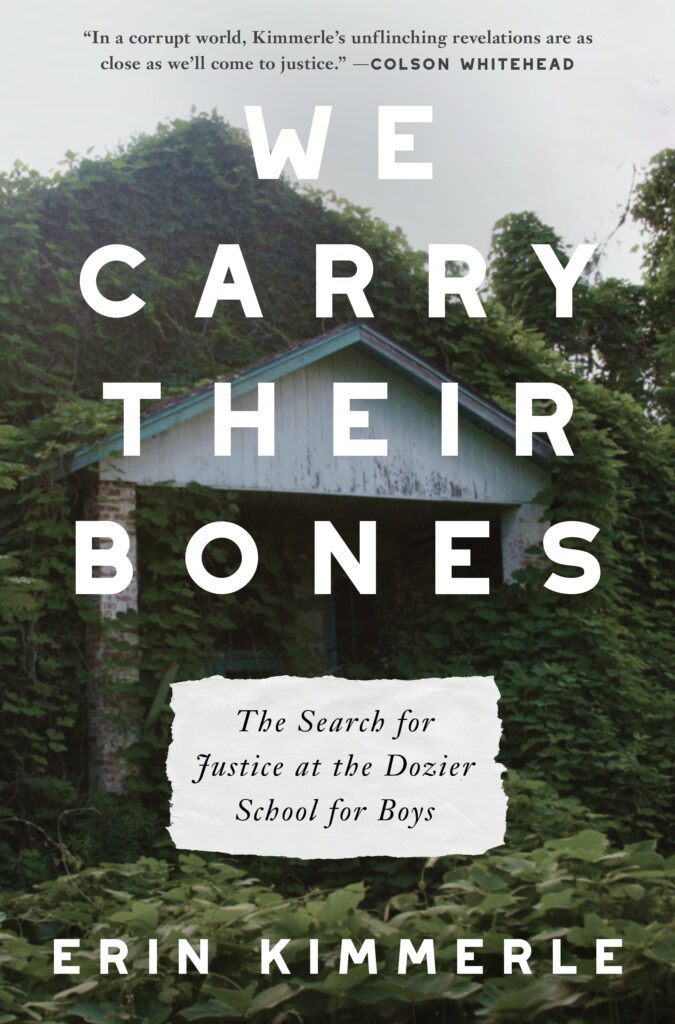I am an author, artist and forensic anthropologist in Tampa where I live with my two sons.
I grew up in Minnesota playing outdoors and as a kid would wonder, exploring abandoned buildings, collecting rocks and fishing. For a number of years my mother worked for a living history museum and I spent my toddler years playing dress up in the cabins of a pioneer town so it is easy to see why I developed a love for anthropology and history. After college, my first job was at the National Museum of Natural History, Smithsonian Institution in Washington, D.C. Later I worked for the International Criminal Tribunal for the Former Yugoslavia (ICTY) in Kosovo, and later in Bosnia, Croatia, Peru and Nigeria. More recently, I have been involved in projects with National Geographic Explorers, in the search for Amelia Earhart and with the International Committee for the Red Cross, helping create facial reconstructions and test new facial recognition programs for identifying the victims of immigrants shipwrecked off the coast of Italy on their way from Africa.
Using anthropology and science to help victims of human rights abuses is the perfect blend of science, human rights work, and advocacy.
Credentials
I am the Executive Director and founder of the Florida Institute for Forensic Anthropology and Applied Science and Associate Professor in the Department of Anthropology at the University of South Florida. There I run the Forensic Anthropology Laboratory, USF Human Donation Program, and the Outdoor Facility for Research in Forensic Anthropology (FORT), comprised of a 3.4-acre facility for multidisciplinary research in forensic anthropology, legal medicine, and related sciences. I am honored to have received Hillsborough County Bar Association: Liberty Bell Award, given to an “outstanding non-lawyer citizen whose community service strengthens the effectiveness of the American system under the law.” and more recently, the AAAS Scientific Freedom and Responsibility Award in 2020 for “scientists whose exemplary actions have demonstrated scientific freedom and/or responsibility in challenging circumstances.”
Skeletal Trauma
Born out of the need to recover, analyze, and present physical evidence on thousands of individual victims of large-scale human rights violations, genocide, critical incidents, and international conflicts, we developed sophisticated systems for the examination of human remains and set a precedent for future investigations. Codifying this process, Skeletal Trauma: Identification of Injuries Resulting from Human Rights Abuse and Armed Conflict describes the framework for collecting, analyzing, and interpreting evidence for use at trial. It pieces together fragments of skeletal tissue and associated physical evidence to determine a mechanism of trauma that is factually based, methodologically scripted, and scientifically interpreted.
We Carry Their Bones: The Search for Justice at the Dozier School for Boys
“With We Carry Their Bones, Erin Kimmerle continues to unearth the true story of the Dozier School, a tale more frightening than any fiction. In a corrupt world, her unflinching revelations are as close as we’ll come to justice.” –Colson Whitehead, Pulitzer-Prize Winning author of The Nickel Boys and The Underground Railroad
Forensic anthropologist Erin Kimmerle investigates of the notorious Dozier Boys School—the true story behind the Pulitzer Prize–winning novel The Nickel Boys—and the contentious process to exhume the graves of the boys buried there in order to reunite them with their families.
The Arthur G. Dozier Boys School was a well-guarded secret in Florida for over a century, until reports of cruelty, abuse, and “mysterious” deaths shut the institution down in 2011. Established in 1900, the juvenile reform school accepted children as young as six years of age for crimes as harmless as truancy or trespassing. The boys sent there, many of whom were Black, were subject to brutal abuse, routinely hired out to local farmers by the school’s management as indentured labor, and died either at the school or attempting to escape its brutal conditions.
In the wake of the school’s shutdown, Erin Kimmerle, a leading forensic anthropologist, stepped in to locate the school’s graveyard to determine the number of graves and who was buried there, thus beginning the process of reuniting the boys with their families through forensic and DNA testing. The school’s poorly kept accounting suggested some thirty-one boys were buried in unmarked graves in a remote field on the school’s property. The real number was at least twice that. Kimmerle’s work did not go unnoticed; residents and local law enforcement threatened and harassed her team in their eagerness to control the truth she was uncovering—one she continues to investigate to this day.
We Carry Their Bones is a detailed account of Jim Crow America and an indictment of the reform school system as we know it. It’s also a fascinating dive into the science of forensic anthropology and an important retelling of the extraordinary efforts taken to bring these lost children home to their families—an endeavor that created a political firestorm and a dramatic reckoning with racism and shame in the legacy of America.
What I Do
Forensic Artwork
Interested in seeing my physical work?
